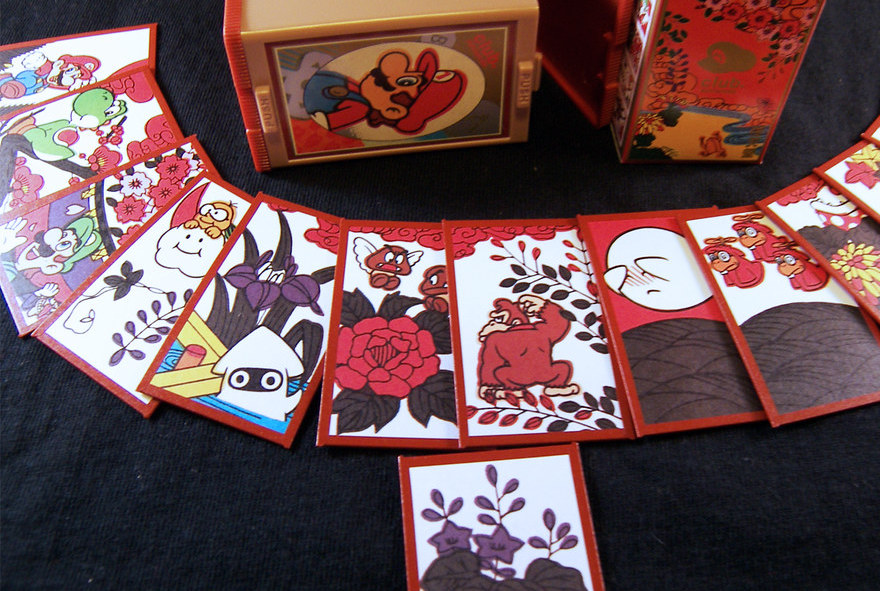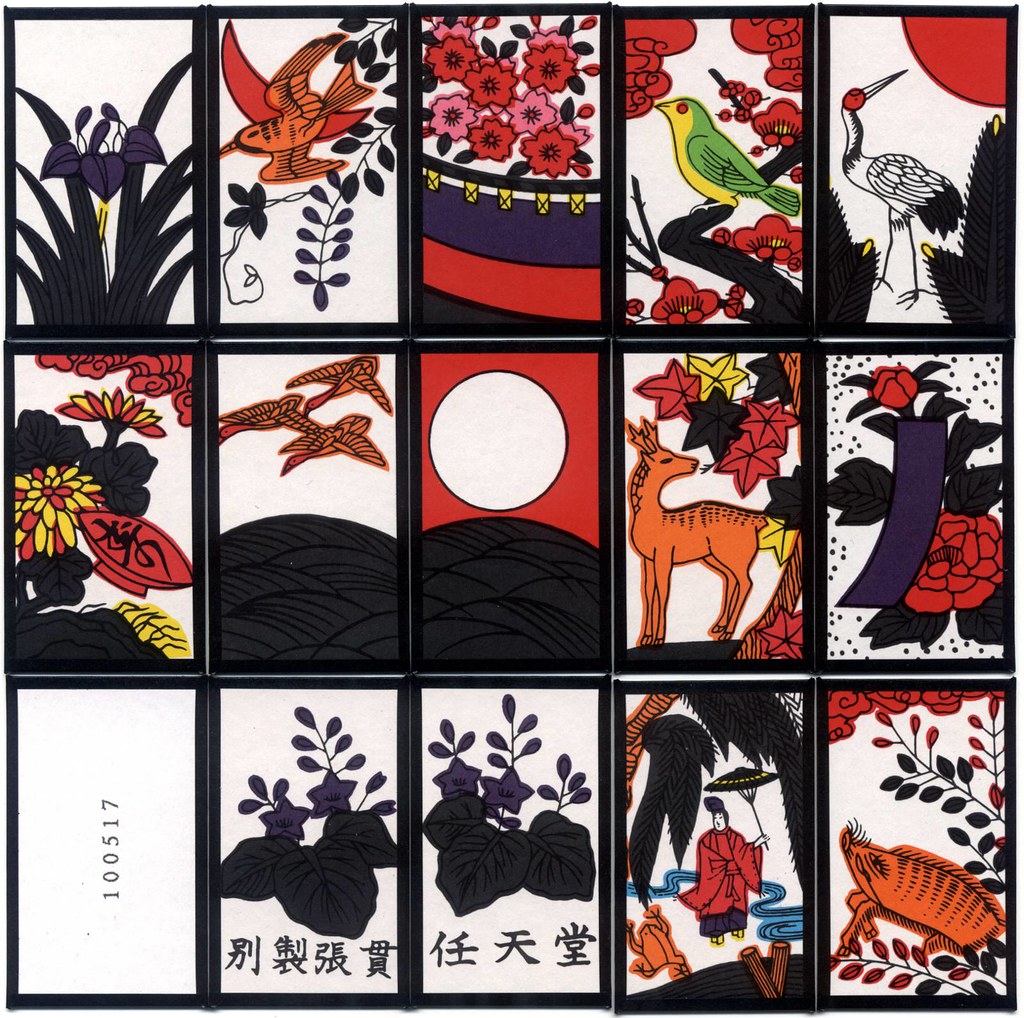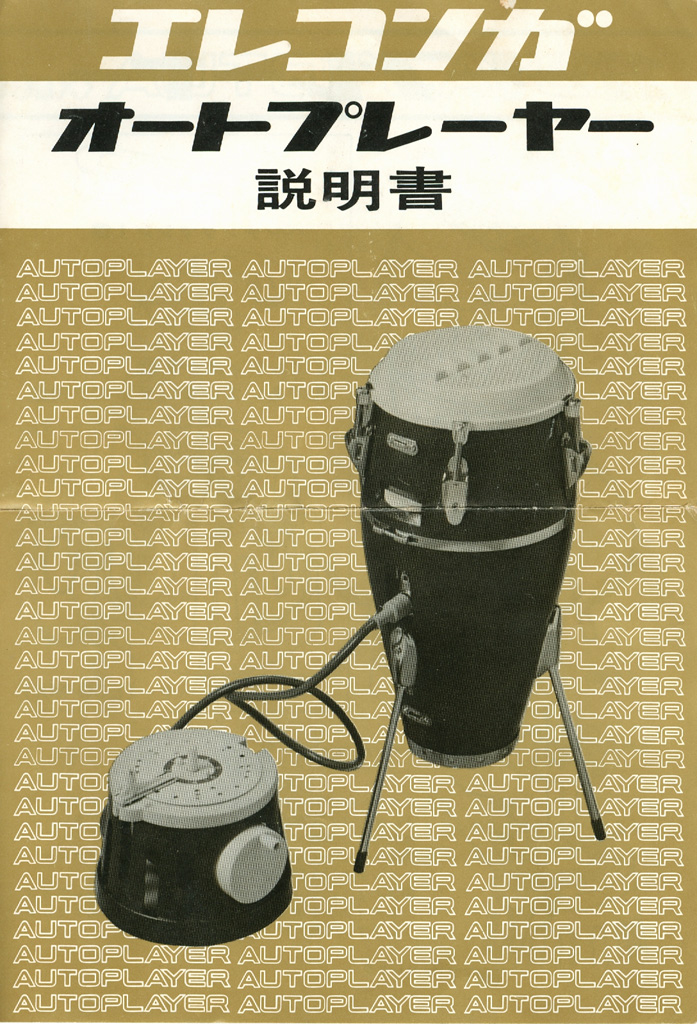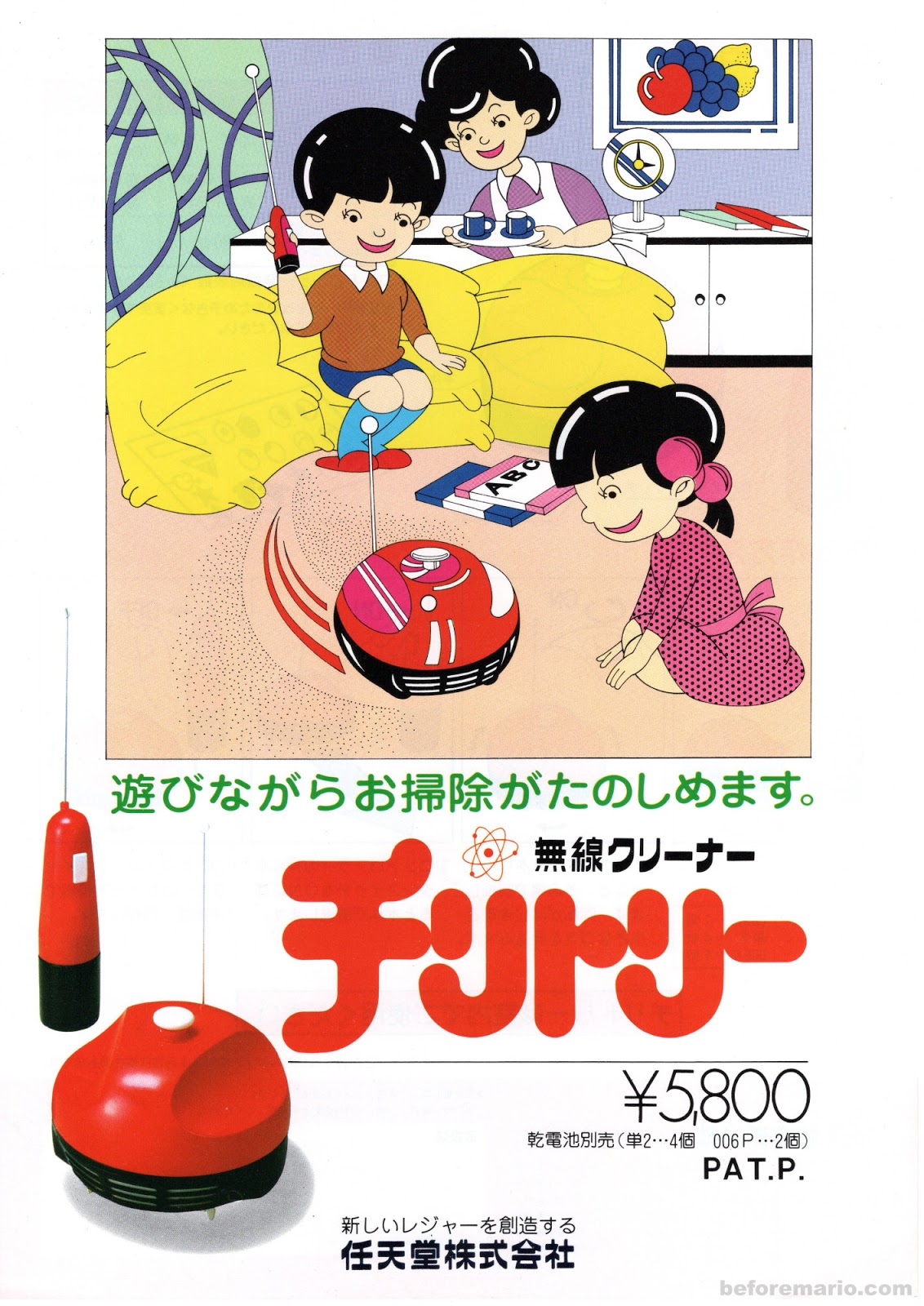From Card to Console: The Lesser-Known Beginnings of Nintendo
Delving into Nintendo's forgotten past reveals its gaming origins within a series of unlikely ventures.

Nintendo's original Mario-themed playing cards. Photo: Fujoshi Bijou
Though now a household name due to its globe-conquering video games, Nintendo’s earliest endeavours of producing traditional playing cards may come as a surprise to many.
The world’s largest video game company in fact turned 130 in 2019, with its mythical origins going surprisingly all the way back to the 1880s. While firmly rooted in Japanese history, their pre-video game days reveal surprising ventures that were sometimes downright wacky.
From taxi companies and toys to love hotels
Fans have collected and documented examples of products Nintendo had previously dabbled in. In his blog beforemario.com, collector Erik Voskuil displays their Electronic Love Tester, which uses electric circuits to supposedly measure the level of compatibility between a couple, and the Ultrahand, which is simply an expanding plastic toy that can grab faraway objects when its handle is moved. Besides toys, in just five years, between 1963 and 1968, Nintendo also produced a taxi company, a TV station, a food enterprise selling instant rice, and even a love hotel chain, which some have said that the president of the time had frequented himself.
With many short-lived ventures and a diminishing market for playing cards, Nintendo’s financial situation had become seriously dire at one point—much like Japan’s own turbulent history, the company had to go through many obstacles before discovering their own future within the electronic market.
‘Leaving Luck to the Heavens’
Nintendo’s foundations—clearly a gamble in itself—lay primarily in the opportunity seen by its founder Fusajiro Yamauchi in the legalisation of playing cards under the Meiji government. In Japan, the government historically discouraged gambling, and playing cards, created in light of Portuguese trade, were banned as a threatening foreign influence. But their popularity was widely endured nonetheless, prompting series after series of disguised card designs. By the 1800s, Hanafuda—meaning ‘flower cards’—was tolerated as a way of combining numbered playing cards with traditional card designs, and Fusajiro Yamauchi founded Nintendo with the purpose of finally mass producing them.
Hanafuda are still enjoyed by many today as an emblem of Japanese culture. Though Nintendo has largely moved on to video games, they have never ceased to make playing cards and have even introduced their own Mario-themed sets in commemoration.

Traditional Hanafuda cards produced by Nintendo. Photo: 準建築人手札網站 Forgemind ArchiMedia.

The front of Nintendo's first store in Kyoto, founded 1889. Photo: Public Domain.

Nintendo's Love Tester. Photo Credit: Beforemario.com

Nintendo's Ultrahand. Photo Credit: Beforemario.com

The 'Autoplayer Ele-conga', an electronic drum-machine toy Nintendo produced in the 1970s on in Japan. Photo Credit: Beforemario.com

Poster for the 'Chiri-tori', a remote controlled 'cleaning toy' produced by Nintendo. Photo Credit: Beforemario.com
TRENDING
-
The Tattoos that Marked the Criminals of the Edo Period
Traditional tattoos were strong signifiers; murderers had head tattoos, while theft might result in an arm tattoo.

-
Chiharu Shiota, Red Threads of the Soul
Last year, more than 660,000 people visited the retrospective 'Chiharu Shiota: The Soul Trembles' exhibit at the Mori Art Museum.

-
‘Before Doubting Others, Doubt Yourself. Who Can Truly Say a Dish Isn’t What It Used to Be?’
In ‘A Non-Conformist’s Guide to Surviving Society’, author Satoshi Ogawa shares his strategies for navigating everyday life.

-
The Story of Sada Yacco, the Geisha who Bewitched Europe
Described by Dazed magazine as the first beauty influencer, she has been restored to her former glory since 2019.

-
Ito Jakuchu's Naturalist Paintings
From 15 September until 14 October 2018, the Petit Palais showcased the artist's iconic ‘Images of the Colourful Realm of Living Beings’.





